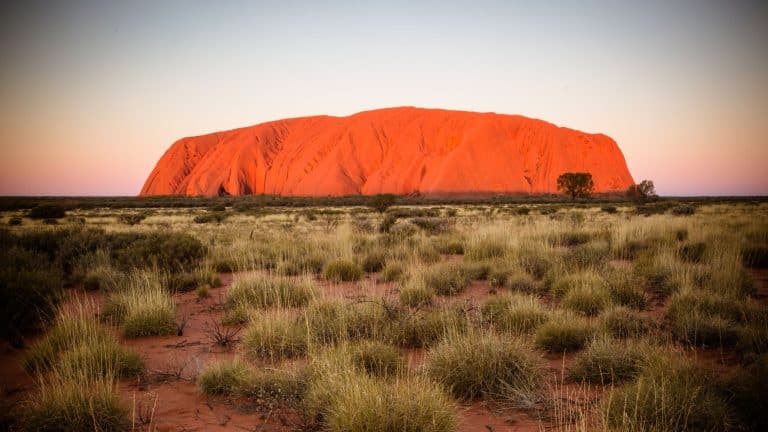Discover Parks & Wildlife contains affiliate links and is a member of the Amazon Services LLC Associates Program. If you make a purchase using one of the Amazon links, we may receive compensation at no extra cost to you. We may also use select AI tools to support our creative process, but all content is reviewed, refined, and finalized by our human team. See our disclosure policy and our AI use policy for more information.
11 Summer Nights Where You’ll See Stars – Not Streetlights
Ever looked up at the summer night sky and thought, “Wow, my porch light really steals the show”? Yeah, same. City living certainly has its perks, but a sky full of stars isn’t one of them. Lucky for all of us, there are still places where the cosmos put on a show so dazzling, it’s borderline unfair.
From horizons that seem to stretch into infinity to skies so dark you might start questioning the meaning of life, these spots give you a front-row seat to the universe’s most epic performance. And don’t worry; finding them isn’t rocket science (though stargazing there might just leave you feeling a little starstruck).
Turns out, sometimes stepping into the dark (literally) is how you see things most clearly. So read on for some stellar destinations where you can get a clear night sky view.
And drop a comment on MSN when you’re done; we’ll pretend we’re not keeping score.
Saguaro National Park, Arizona
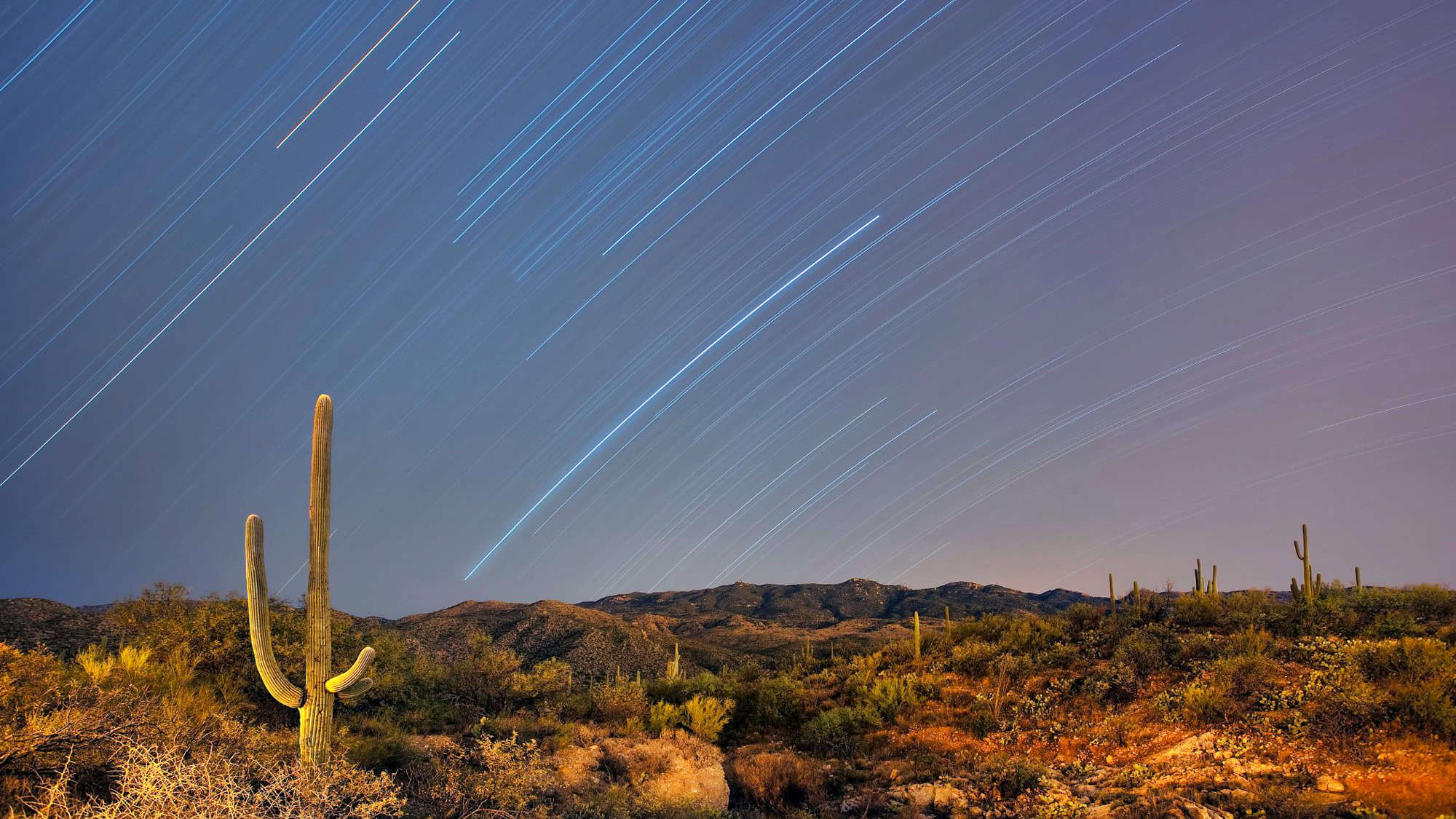
Grab your wide-brimmed hat, because Saguaro National Park offers more than just towering cacti and desert chic; it’s also a front-row seat to an interstellar show. Situated in Arizona’s Sonoran Desert, this park serves up warm, balmy nights through August, making stargazing a sweat-free affair (well, mostly).
The iconic saguaro cacti stand like nature’s antennae, reaching skyward as if trying to catch a signal from distant galaxies. These prickly giants have been around for centuries, outlasting empires and bad reality TV trends, while providing a surreal backdrop to the cosmic theater above.
The park’s lack of artificial light means the Milky Way stretches across the sky like some celestial artist’s masterpiece, making you rethink any complaints about Arizona’s summer heat. It’s raw, it’s rugged, and it’s worth every ounce of sunscreen before the sun goes down.
Joshua Tree National Park, California

Joshua Tree is the kind of place that would upstage your backyard camping attempts in an instant. It’s bold, boulder-filled, and absolutely brimming with celestial drama. Tucked neatly between the Mojave and Colorado deserts, this park is known for its namesake trees; quirky, spiky, and holding down the fort like desert guardians.
But the true stars come out after sunset. With its ultra-clear, low-humidity skies, Joshua Tree makes you feel like you’ve wandered into some galactic showroom. And the landscape itself is otherworldly (gnarled trees casting eerie shadows on rock formations that look like they sprouted from another planet).
Bring snacks, but good luck focusing on them when constellations like Orion and Scorpio are duking it out above you. It’s desert magic, plain and simple.
Death Valley National Park, California & Nevada

Think Death Valley is nothing but a lifeless furnace? Think again. While the daytime heat may leave you toasting in summer like an unmonitored campfire marshmallow, the night brings endless stargazing opportunities under one of the darkest skies in the country.
Spanning California and Nevada, Death Valley boasts ridiculously low light pollution (probably because even streetlights are too scared to work here). The contrasts are striking; the scorching, cracked salt flats transform into an ethereal mirror for the stars as temperatures drop to survivable levels.
And forget soundtracks; here, the silence is almost loud, making the whisper of the desert breeze your only company. It’s solitude in high definition, with the cosmos putting on a show that manages to outshine the desert’s infamous heat.
Crater Lake National Park, Oregon

Crater Lake National Park’s stargazing game is next level. Perched in the Cascade Mountains of southern Oregon, the park revolves around its star attraction, a volcanic lake so blue it puts gemstones to shame.
Once the sun calls it quits, the sky above erupts into a field of stars reflected perfectly in the lake’s serene surface. With minimal light interference, Crater Lake offers an immersive celestial escape, complete with the soft scent of pine carried by the cool alpine breeze.
Pack your favorite scarf because it gets chilly. But watching meteors streak overhead as the Milky Way pours across the sky? Worth every goosebump.
Voyageurs National Park, Minnesota

This northern national park doesn’t just boast stars in the sky; it doubles the show with stunning reflections on its expansive waterways. Just imagine an endless lake mirror glittering under a curtain of stars (as though the universe decided it needed a backup plan in case the sky wasn’t enough).
And Voyageurs National Park’s remote location ensures a celestial show free from the tyranny of city lights, making it prime stargazing real estate. If constellations aren’t enough to hold your attention, you can literally paddle through the night on canoes, their silent glide adding a pinch of serenity (or existential awe, depending on your mood).
Between the northern sky and night-loving loons serenading from afar, it’s part planetarium, part personal symphony.
Bryce Canyon National Park, Utah

Bryce Canyon isn’t just about weird rocks (though the hoodoos deserve their standing ovation); it’s also a celestial superstar. Perched over 8,000 feet above sea level, this high-altitude playground throws thin air and minimal moisture into the mix, creating the kind of stargazing clarity that would make a camera lens cry.
Against a backdrop of crimson spires and dusty trails, the night sky unfurls like a never-ending scroll of ancient wonder, every star etched so sharply it could cut glass.
And the air? Dry as sarcasm, which means you’ll barely catch a whisper of humidity, just the cool, crisp scent of sandstone baked by the day’s sun. Bring a blanket and prepare to trade your streaming services for the infinite entertainment of falling stars.
Great Basin National Park, Nevada

Great Basin National Park isn’t just a dark sky park… it’s the dark sky park your telescope dreams about at night. Situated in Nevada, miles from anything resembling a city, this starry haven boasts skies so clear and crisp you could probably chart constellations with your finger.
The centerpiece? An unapologetically bold rendition of the Milky Way that stretches across the heavens, flaunting its brilliance like it’s in an intergalactic fashion show. Then there’s the Lehman Caves, adding a touch of subterranean history to balance the cosmic wonder if you are looking for something to explore during the day.
The high-desert air carries a clean, almost nostalgic chill, and as you sit wrapped in your jacket, the sound of silence (punctuated by the occasional coyote yelp) reminds you why isolation isn’t always such a bad thing.
Big Bend National Park, Texas

Big Bend National Park has a talent for humbling its guests. By day, its desert landscapes stretch endlessly, but when night falls, the sky stakes its claim to fame. Far removed from the light pollution circus, this Texas park unveils a cosmos so vivid it feels almost staged (like NASA might have sent an intern to tidy things up).
The low humidity and crystal-clear desert air conspire to create an observation deck unmatched in grandeur. While crickets chirp in the distance and the dry desert breeze tousles your hair, you can spot planets, galaxies, and cheeky meteors winking as they dash by.
It’s a Texan stargazing experience that’s too brilliant to be matched.
Cherry Springs State Park, Pennsylvania
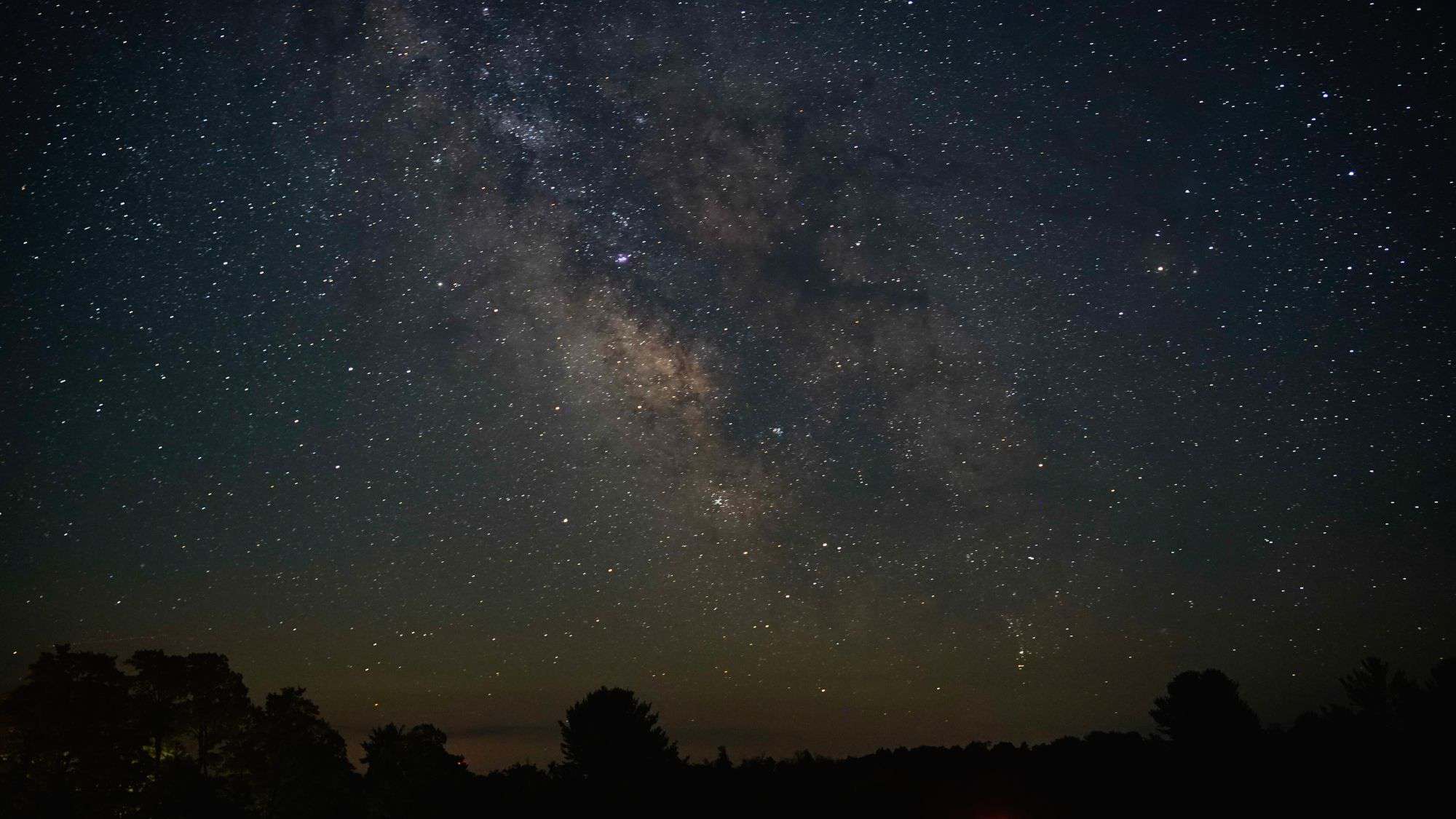
Located in Pennsylvania’s rural heartland, Cherry Springs State Park isn’t just dark; it’s pitch black on a cosmic level. And with the title of one of the darkest places east of the Mississippi, this stargazing haven serves up the night sky like a gourmet chef plating a celestial feast.
The park’s storied history includes hosting Native American trails and later lumber camps, but now it’s an arena for the universe to show off. On a clear night, you can see the Milky Way in such stunning detail that it almost feels like light pollution should issue an apology.
The hush of the surrounding woods adds a pinch of drama to the spectacle, while the crisp forest air carries the faint scent of pine, grounding you to the planet beneath a glittering cosmos.
Cosmic Campground, New Mexico
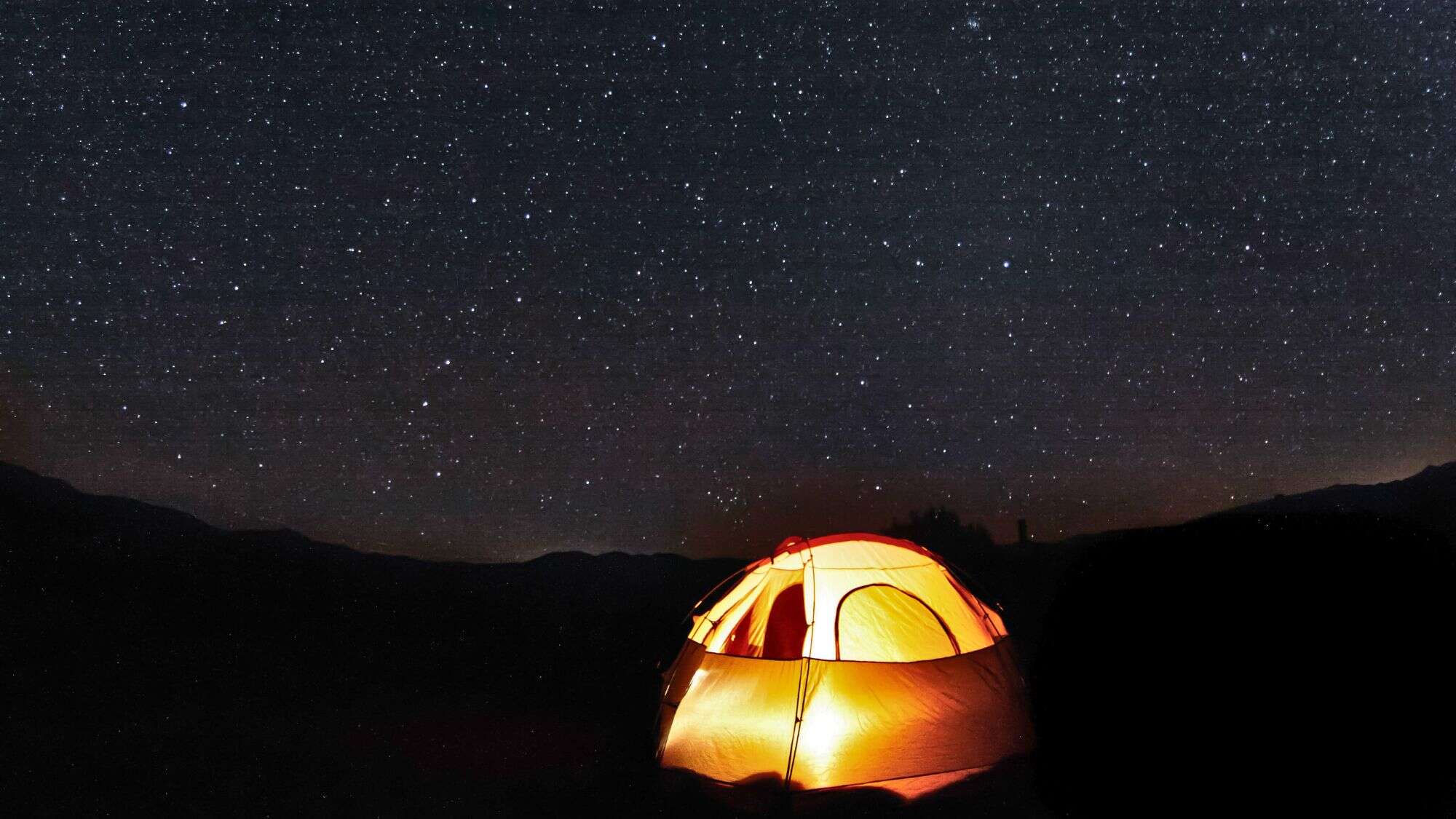
If stargazing is your thing (and if it isn’t, this place might convert you), Cosmic Campground offers a no-frills, sky-is-the-limit experience. Smack dab in the middle of Gila National Forest, you’ll find this tiny speck of land designated as the first International Dark Sky Sanctuary in the U.S.
Translation? This place takes its stars seriously. Here, isolation isn’t just a feature; it’s the main event. Without a single artificial light for miles, the sky erupts into a mesmerizing collage of twinkling specks and streaking meteors. And the dry desert air intensifies every detail, as constellations practically high-five you with their clarity.
Bring a telescope (or borrow someone else’s) and brace yourself for the sight of Jupiter’s moons or the mesmerizing glow of distant nebulae. Don’t expect fancy amenities, though; this is all about the stars and a campfire under the dome of night.
Mauna Kea Visitor Center, Hawaii

Welcome to the top of the world, or at least as close as you’ll feel standing on Mauna Kea. This Hawaiian giant isn’t just a volcano; it’s an interstellar portal perched over 9,000 feet above sea level, blissfully detached from city lights and Earthly distractions.
The Mauna Kea Visitor Center serves as the starting point for what can only be described as a celestial pilgrimage. And high-altitude stargazing has its perks: clearer skies, crisper air, and stars so bright they feel borderline intrusive.
The ground crunches beneath your boots as the chill bites through the tropical warmth, all while telescopes pepper the summit like high-tech sentinels. Even the oxygen feels thinner up here, making the sight of Saturn’s rings or the Pleiades cluster even more surreal.
Like Our Content? Follow Us on MSN (or click the Follow Button above) for more from Discover Parks & Wildlife.
12 National Parks You’ll Wish You Had Visited Sooner

Who needs a time machine when you can read about all the national parks you absolutely should have visited by now, and then just sulk in envy instead?
16 U.S. National Parks with Sunsets Worth the Trip
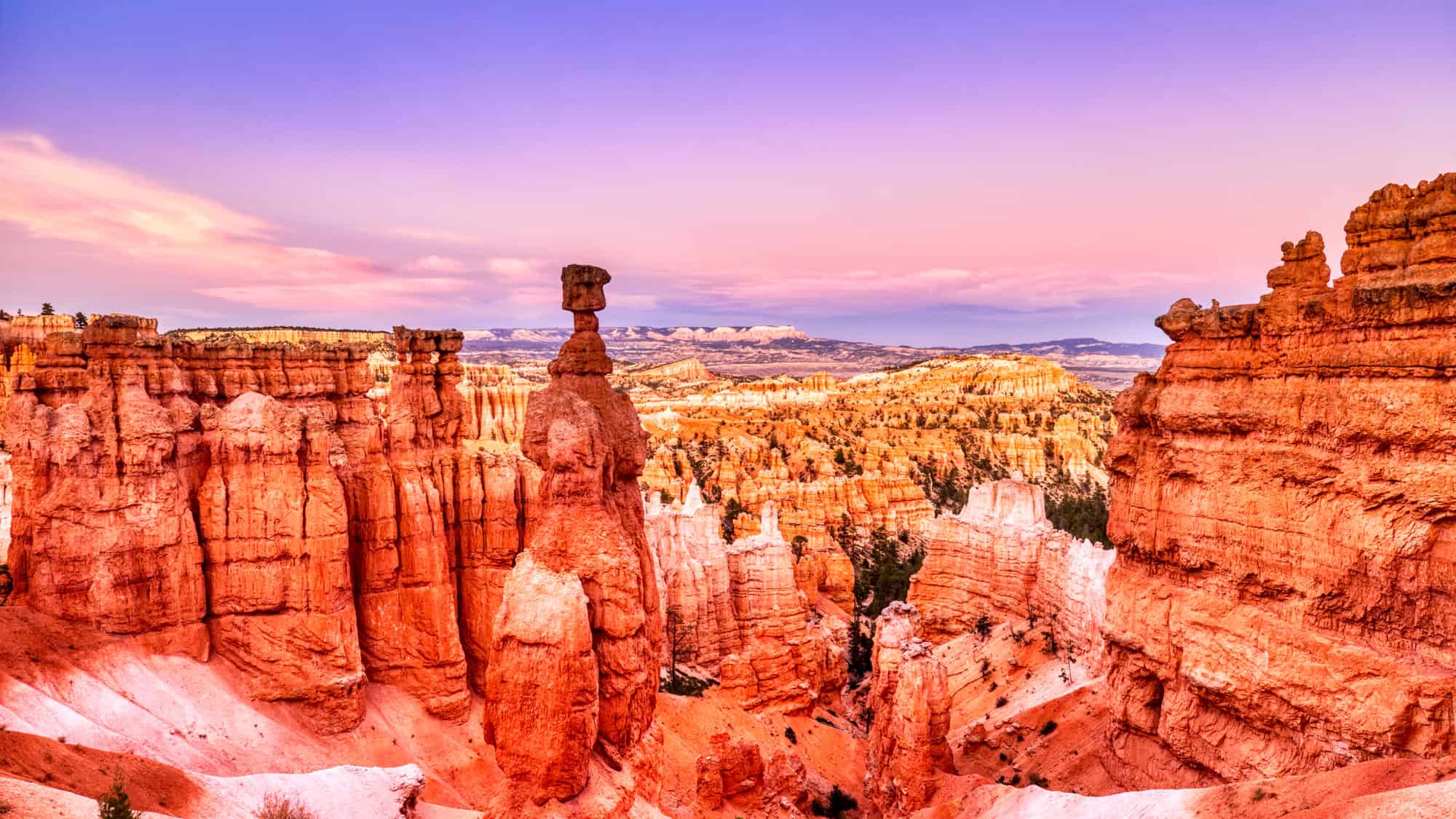
If you thought your life lacked a dash of dramatic flair, just wait until you set your sights on those sunsets at U.S. National Parks – you know, the kind that might have you questioning why your backyard bonfire doesn’t quite cut it anymore.
15 Photos Every National Park Photographer Needs in Their Collection

Think you’ve mastered the art of the perfect shot? Wait until you see these must-have captures that’ll make your portfolio sing.



